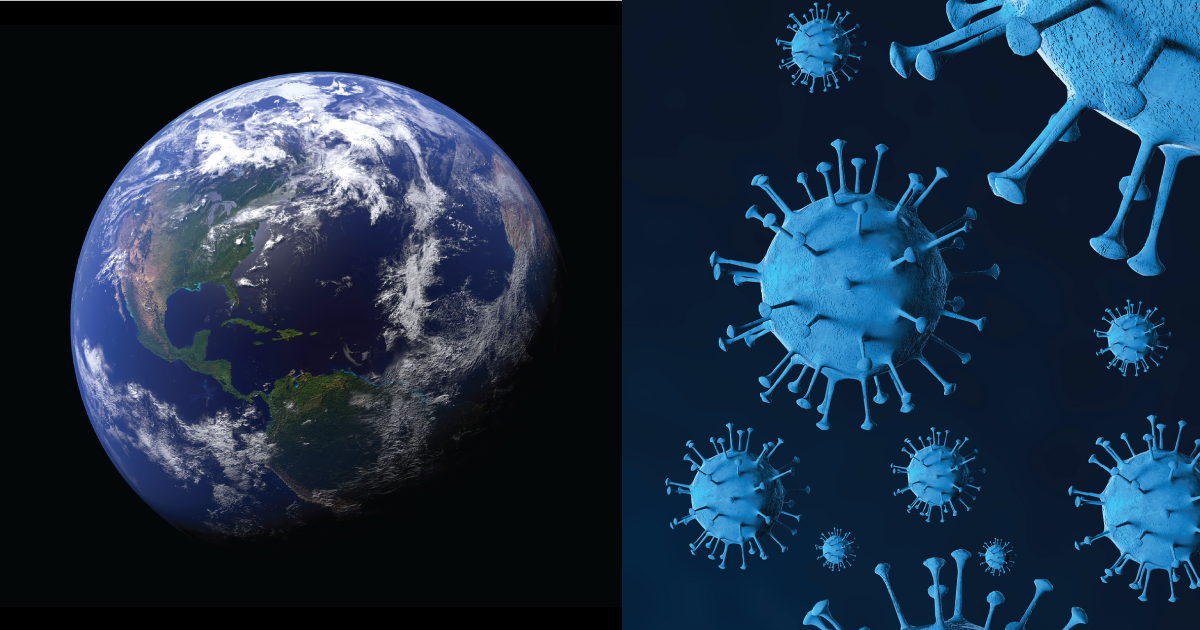
How COVID-19 Made It Easier to Talk About Climate Change
Rhiana Gunn-Wright had asthma growing up. So did many of her neighbors in Englewood, on the South Side of Chicago, where pediatric hospitalization rates for asthma were significantly higher than the rate nationwide in the early 2000s. Ms. Gunn-Wright had so many friends with asthma that she assumed it was a “childhood disease” that all young people had.
July 24, 2020 | Source: The New York Times | by Emma Goldberg
Rhiana Gunn-Wright, a climate policy director and architect of the Green New Deal, explains the connections between the pandemic and the climate crisis.
Rhiana Gunn-Wright had asthma growing up.
So did many of her neighbors in Englewood, on the South Side of Chicago, where pediatric hospitalization rates for asthma were significantly higher than the rate nationwide in the early 2000s. Ms. Gunn-Wright had so many friends with asthma that she assumed it was a “childhood disease” that all young people had.
Only later in life did she realize it was linked to air pollution in the area, as was shown by research funded by the Environmental Protection Agency.
For some policymakers and advocates, even those organizing global climate strikes, the effects of climate change can feel distant, but Ms. Gunn-Wright, 30, never had that luxury. Her work on environmental justice has always felt personal, tied to the public health problems in her community.
